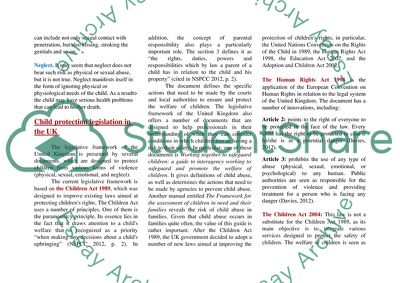Cite this document
(AS1 Child Protection or Safeguarding Vulnerable Adults brochure Case Study, n.d.)
AS1 Child Protection or Safeguarding Vulnerable Adults brochure Case Study. https://studentshare.org/sociology/1855768-as1-child-protection-or-safeguarding-vulnerable-adults-brochure
AS1 Child Protection or Safeguarding Vulnerable Adults brochure Case Study. https://studentshare.org/sociology/1855768-as1-child-protection-or-safeguarding-vulnerable-adults-brochure
(AS1 Child Protection or Safeguarding Vulnerable Adults Brochure Case Study)
AS1 Child Protection or Safeguarding Vulnerable Adults Brochure Case Study. https://studentshare.org/sociology/1855768-as1-child-protection-or-safeguarding-vulnerable-adults-brochure.
AS1 Child Protection or Safeguarding Vulnerable Adults Brochure Case Study. https://studentshare.org/sociology/1855768-as1-child-protection-or-safeguarding-vulnerable-adults-brochure.
“AS1 Child Protection or Safeguarding Vulnerable Adults Brochure Case Study”. https://studentshare.org/sociology/1855768-as1-child-protection-or-safeguarding-vulnerable-adults-brochure.


